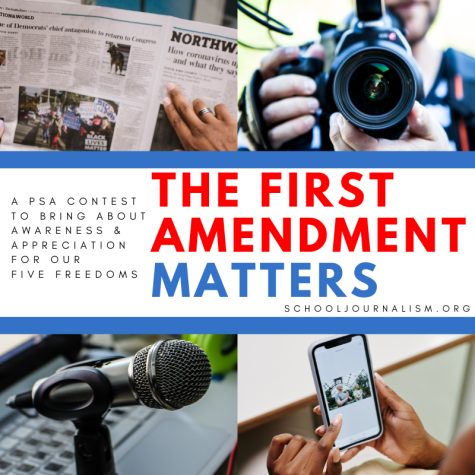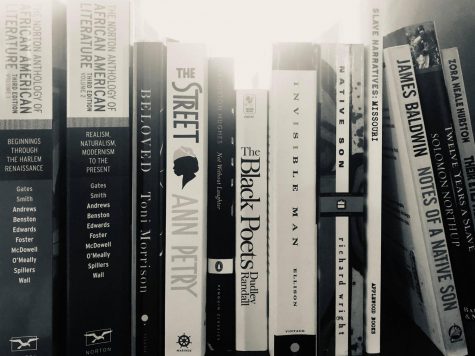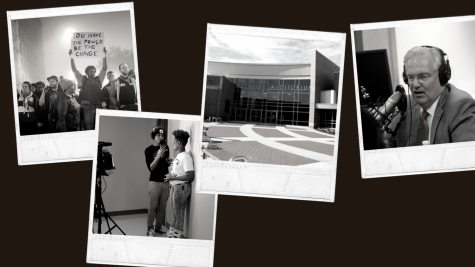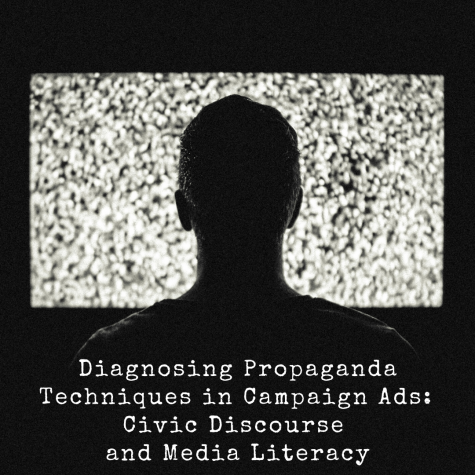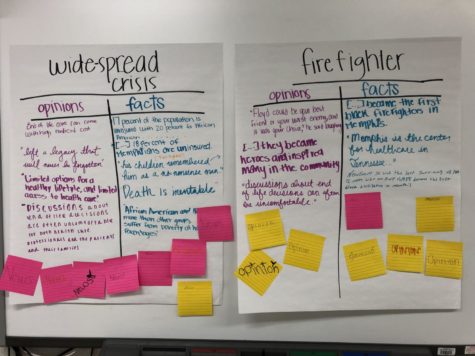Could debunking become the newest social media trend?
Recent studies show that young people have difficulty distinguishing fact from fiction on the Internet, but this lack of media literacy extends beyond high schoolers. Two bloggers recognize that the reflex to share photoshopped images and other misinformation could have a solution.
Adrienne LaFrance and Matt Novak have started separate columns that draw attention to what has been circulating in the twitter-, blogo- and overall cyber-spheres. Their goal? To encourage people to take the necessary time to find out if what they’re seeing is true.
According to Poynter, LaFrance, who writes her “Antiviral” column for Gawker, is one of the movement’s pioneers. The cornerstone of her campaign is reporting.
“It’s very easy to Google the hoax and aggregate what people have already done … One reason so much gets shared is people not taking time to put out a call or do the emailing back and forth with PR people — and we need to do that,” she said to Poynter.
Another blogger, Tom Phillips, believes that debunking has a place outside of the online world. Because both false and accurate information can spread so quickly, debunking should become part of journalists’ real-time reporting, as evidenced by the Boston bombings and the Sandy Hook shooting.
Poynter reporter Craig Silverman says there is still a lot of work to be done to make debunking falsified images and facts as popular as indiscriminately clicking “share.”
“For now, to get better debunking, we need more debunking,” he said.



